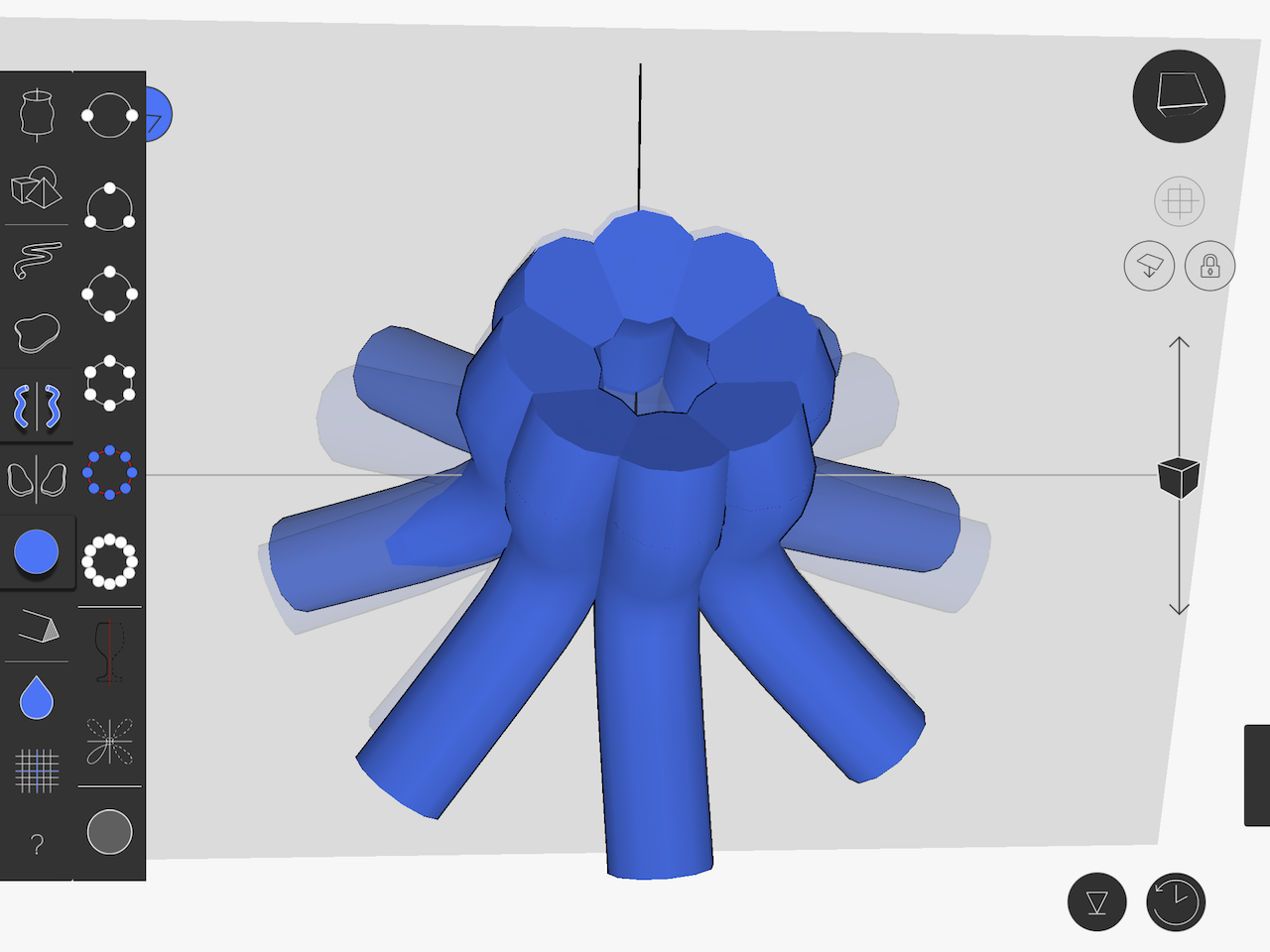
Two seemingly unbreathable barriers hold back 3D printing from general use in homes around the world.
While there are more desktop 3D printers installed in residences by consumers than ever before, their number is vastly less than the size of the consumer base.
Consider this: there are likely something close to 300-500,000 desktop 3D printers operating in the world today, with that number increasing monthly. However, how many households are there?
According to statistics, it turns out that in the USA, there are something close to 120M households. Now consider that the 500,000 unit figure would be worldwide, not just in the USA. So let’s say half of the operating desktop 3D printers are located in the USA. This would suggest that something around 0.00002% of US households have a working desktop 3D printer.
Maybe the numbers are higher, but no matter how you cut it, 0.00002% or multiples thereof, are basically zero.
This is a pity, because there are an increasing number of very useful household items printable. Things that replace broken parts, things that increase the effectiveness of an existing device, things that are fun and things that just look good.
It’s a special hook that holds particular items, or that replacement knob on the washing machine, or the twisty elephant holding up your cookbook in the kitchen. Items similar to these are available if you know how to design them in a CAD system, or found somewhere in a 3D model repository.
The keyword here is “somewhere”. There just is not a good way to search these repositories, simply because the shape of the item does not necessarily correspond to the words you may use to search for them. Even if you find something that might be what you want, it may be the wrong size or have some other compatibility issue. Only the persistent will find the desired items, and there’s not many of those, percentage-wise, in the general public.
Of course, one could simply design the desired parts in a CAD system, but I suspect the number of CAD-capable consumers is close to the percentage of 3D printer owners: close to zero.
And those are the barriers: you don’t know how to find the right item, so you give up, and you don’t know how to design it in CAD, so you give up.
To me, the only way to solve the consumer use of 3D printing dilemma is to solve those two issues with a revolutionary new way to perform effective 3D model searches effectively, and a new way to design 3D objects that is actually usable by the public AND can produce useful objects.
There’s been attempts to solve both of these, but so far, none has caught on with the public. More innovation required here.

